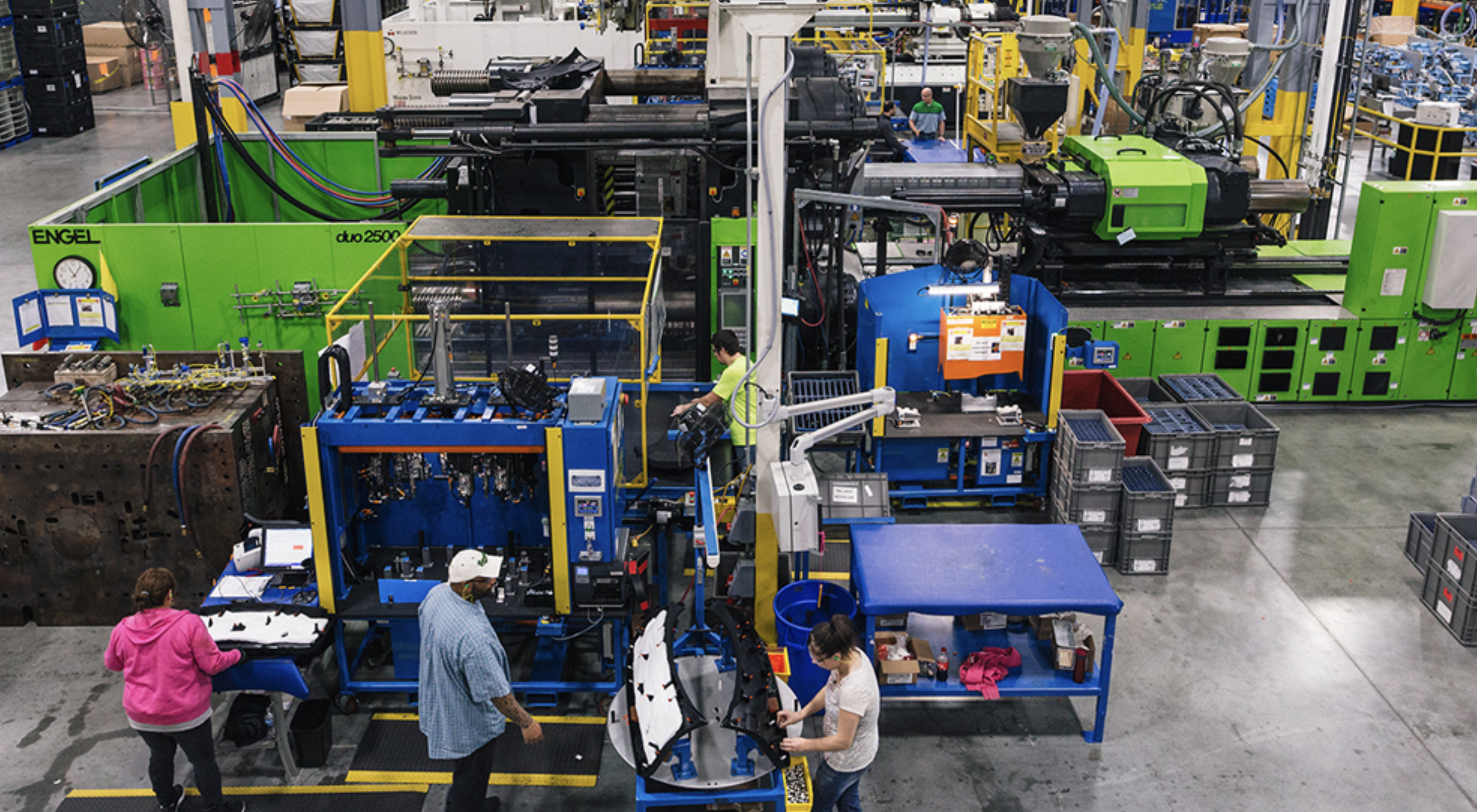
Injection molding is one of the most popular manufacturing processes for creating plastic parts. It is a fast and efficient process that can produce high-quality parts with tight tolerances. In this guide, we will explain the basics of injection molding and how it works.
Table of Contents
What is an Injection Mold?
An injection mold is a tool that is used to create plastic parts by injecting molten plastic into a mold cavity. The mold cavity is created by the negative space of the mold. Injection molds are typically made from steel or aluminum and can be very expensive to produce.
How Injection Molding Works
Injection molding is a manufacturing process that involves injecting molten plastic into a mold cavity. The mold cavity is created by the negative space of the mold. Injection molds are typically made from steel or aluminum and can be very expensive to produce.
What Is Made Through Injection Molding?
Injection molding is used to create a variety of plastic parts of different shapes and sizes. Common items that are made with injection molding include:
-Plastic toys
-Electronic housings
-Automotive parts
– Medical devices
What Are the Advantages of Injection Molding?
Injection molding is a fast and efficient process that can produce high-quality parts with tight tolerances. In addition, injection molding has a number of other advantages, including:
-It is versatile and can be used to create a wide variety of parts
-It is scalable and can be used to produce large quantities of parts
-It is repeatable and can produce identical parts
-It is relatively simple and does not require special skills or training to operate
How Much Does the Process Cost?
The cost of injection molding depends on a number of factors, including the size and complexity of the part, the material used, the quantity of parts required, and the lead time. In general, the cost of injection molding is lower when producing larger quantities of parts.
What Influences the Cost?
The cost of injection molding is influenced by a number of factors, including:
-The size and complexity of the part
-The material used
-The quantity of parts required
-The lead time
What Certifications do Molders Need?
In order to operate an injection molding machine, operators must have a valid certification from the American Society of Plastic Industry (ASPI).
How to Choose the Right Resin for Your Parts
The type of resin you use for your injection molded parts will depend on several factors, including the intended use of the part, the desired properties of the part, and the cost. Common resins used in injection molding include:
-ABS (acrylonitrile butadiene styrene)
-PC (polycarbonate)
-PA (polyamide)
-PE (polyethylene)
-PVC (polyvinyl chloride)
What Are the Steps in the Injection Molding Process?
The injection molding process consists of four steps:
1. Clamping: The first step is to clamp the mold halves together using a clamping system. This step is necessary to keep the mold halves from moving during the injection process.
2. Injection: Next, molten plastic is injected into the mold cavity under high pressure.
3. Cooling: After the plastic has been injected, it needs to be cooled so that it can solidify.
4. Ejection: Finally, the part is ejected from the mold and the process is complete.
What Are the Different Types of Injection Molding Machines?
Injection molding machines come in a variety of types, each with its own set of advantages and disadvantages. The most common types of injection molding machines are:
-Hydraulic injection molding machines
-Electric injection molding machines
-Hybrid injection molding machines
What Is the Difference Between Injection Molding and Extrusion?
Injection molding and extrusion are two different manufacturing processes. Injection molding is used to create parts by injecting molten plastic into a mold cavity. Extrusion is used to create parts by pushing plastic through a die. Both processes can be used to create a variety of parts with different shapes and sizes.
What Is the Difference Between Injection Molding and Blow Molding?
Injection molding is used to create parts by injecting molten plastic into a mold cavity. Blow molding is used to create parts by blowing air into a heated plastic tube. Both processes can be used to create a variety of parts with different shapes and sizes.
How Many Times Can an Injection Mold Be Used?
Injection molds can be used an unlimited number of times. However, after a certain number of uses, the mold will begin to show signs of wear and will need to be replaced.
Conclusion
Injection molding is a versatile manufacturing process that can be used to create a wide variety of parts. It is repeatable, scalable, and relatively simple to operate. The cost of injection molding is influenced by a number of factors, including the size and complexity of the part, the material used, the quantity of parts required, and the lead time. Over all, it is a cost-effective way to produce large quantities of parts.
Hopefully, this guide has provided you with a better understanding of the injection molding process and how it works.
Thanks for reading!